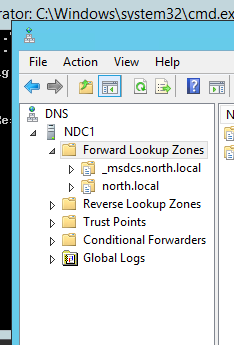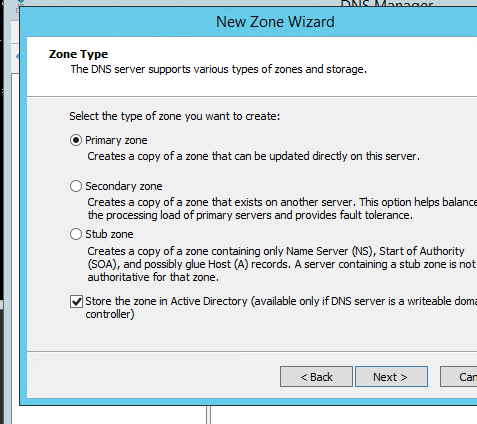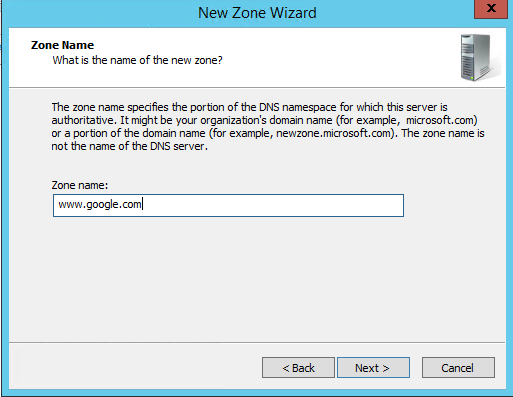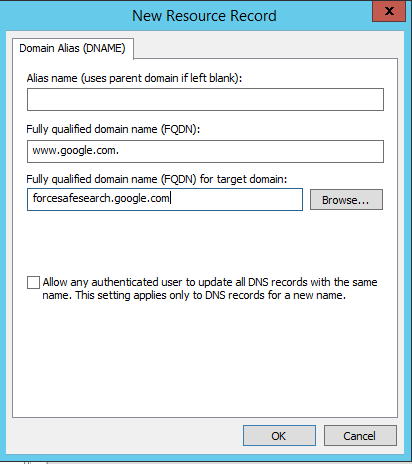A.Giới Thiệu Về Folder Redirection
Trong hệ điều hành Windows, Desktop, My Documents là một
trong số những thư mục hệ thống quan trọng.
Ở các hộp thoại lưu dữ liệu, thư mục My Documents luôn chiếm
vị trí “mặt tiền” cực kỳ thuận lợi giúp người dùng lưu nhanh các văn bản. Mặt
khác Windows Explorer của bất cứ máy nào cũng đều có một thư mục My Documents
tương ứng với tài khoản user khi họ logon. Dữ liệu lưu trong đây được mã hóa ứng
với tài khoản user đó, và chỉ có thể được truy xuất bởi chính chủ nhân của tài
khoản và administrator. Một vấn đề đặt ra là làm cách nào để bảo đảm thư mục My
Documents trên mỗi máy client trong LAN luôn được backup một cách an toàn? Với
hệ thống mạng quản lý theo domain, ta có giải pháp là Redirect Folder – hướng
Target của tất cả các My Documents trên mỗi máy tính vào thư mục chia sẻ trên
máy chủ. Khi đó cho dù máy client có bị hỏng ổ cứng hay cài lại HĐH, thì mọi dữ
liệu của người dùng trong thư mục My Documents vẫn sẽ được bảo vệ an toàn.
Sau khi cấu hình Folder Redirection, thư mục My Documents của
toàn bộ user sẽ được lưu trên server, giúp họ sử dụng được tài liệu của mình dù
có di chuyển sang máy tính khác. Về cơ chế hoạt động và công dụng, Folder
Redirection khá giống với tính năng Roaming Profiles. Tuy nhiên,
thay vì “đẩy” toàn bộ profile người dùng (gồm thư mục My Documents, Desktop,
Application Data ... lên server, Folder Redirection cho phép bạn lựa chọn
một thư mục cần”đẩy” (chẳng hạn: thư mục My Documents, Start Menu, App Data,
Desktop, tạo sự nhẹ nhàng cho hệ thống.)
bước 1: Tạo Folder tên Redirection tại ổ C và share full quyền cho everyone
Bước 2: Tạo 1 OU và tạo user thuộc OU đó.
Trong ví dụ này tôi muốn tính năng Folder Redirection chỉ tác động đến OU ITO.
Bước 3: run -> gpmc.msc
Kích chuột phải lên ITO chọn Create a GPO in this domain.... và đặt tên là Folder Redirection ==> OK
Chuột phải lên GPO vừa tạo chọn edit, xuất hiện cửa sổ Group Policy Management Editor
Mở User Configuration -> Windows Setting -> Folder Redirection
Bên trong Folder Redirection liệt kê những thư mục có thể dùng được chức năng này, ở bài này tôi muốn Roaming 2 thư mục là Desktop & My documents , Chuột phải lên Documents chọn Properties
Hiển thị bảng Documents Properties
ô Setting chọn Basic - Redirect everyone's folder to the same location
dòng Root path bạn nhập \\SERVER\Redirection Trong đó SERVER là tên máy DC ,Folder Redirection là thư mục ta vừa tạo & Share lúc nãy. Sau đó chọn OK
Làm tương tự với thư mục Desktop.
Bước 4: Từ máy Client ta đăng nhập với Account u1 sẽ thấy thư mục mặc định của My Documents là \\LT-AD\Redirection\u1
Hoặc ta có thể dùng rsop.msc ở client để kiểm tra
Hoặc ta có thể vô Server truy cập thư mục share để kiểm tra
B. ROAMING PROFILE
- Sự khác nhau giữa Roaming Profiles và Local Profiles
Trong môi trường mạng Windows, có những ưu và khuyết điểm
liên quan đến việc sử dụng Roaming Profiles và Local Profiles. Ngoài vấn đề bảo
mật, còn có vấn đề về mất dữ liệu, file lưu trữ băng thông và một số thứ khác.
Trong bài viết này, tôi sẽ trình bày về Roaming Profiles và Local Profiles.
Profile là tổng hợp những dữ liệu đặc thù của một user. Nó
bao gồm các dữ liệu như Favorites của IE, bookmark của Firefox, Outlook
settings, và nhiều thứ khác. Windows được thiết kế để lưu dữ liệu của người
dùng tại một địa điểm, giống như trên ổ cứng hoặc trên một server. Khi bạn
logon và máy tính, nó sẽ tải dữ liệu trong profile của bạn kể cả những phần mềm
được thiết lập để khởi động cùng windows.
Roaming Profiles là dạng profiles của người dùng được lưu trữ
trên một server, nó sẽ được tải về máy tính bất cứ khi nào người dùng login.
Theo cách này, người dùng có thể truy nhập đến thông tin và những thiết lập của
họ mà không phụ thuộc vào máy tính mà họ đăng nhập.
Local Profiles là dạng
profiles được lưu trữ trực tiếp trên một máy tính, và rất ít dữ liệu được chuyển
giữa PC và server khi họ logon vào.
Ưu điểm của Roaming Profile là nó sẽ tự động backup dữ liệu
của người dùng đến server mỗi khi log out. Người dùng có thể đăng nhập trên nhiều
máy tính mà vẫn dữ được những thiết lập của mình, điều này rất tốt trong môi
trường mà mọi người làm việc không trên một máy tính cố định, chẳng hạn như một
phòng lab.
Nhược điểm của Roaming Profile : khi người dùng đã logon , một bản sao của
profiles của họ sẽ được lưu lại trên máy tính mà học đăng nhập, điều này tạo ra
vấn đề về bảo mật. Thời gian đăng nhập cũng là một vấn đề, nếu người dùng đặt
quá nhiều dữ liệu trong profiles của họ, có thể sẽ phải chờ đợi rất lâu khi
đăng nhập hoặc tắt một máy tính. Kèm theo đó với profiles lớn còn chiếm nhiều
băng thông để truyền dữ liệu qua lại, phần lowin trong số này là lượng băng
thông bị lãng phí bởi nhiều tập tin và dữ liệu được tải đồng bộ tuy nhiên người
dùng lại không dùng đến.
Còn về Local Profiles, ưu điểm chính của nó là thời gian
đăng nhập vào máy tính nhanh hơn, vì dữ liệu được lưu trữ trực tiếp trên máy
tính đó, tuy nhiên người dùng lại không thể truy nhập profiles của họ khi
đăng nhập trên một máy tính khác. Điều đó cũng có nghĩa là thiết lập cá nhân của
người dùng sẽ bị mất, khi máy tính cá nhân của họ không còn làm việc.






















